MusicRadar Verdict
Circuit Tracks is an excellent update to one of the best value hardware instruments on the market. Very much a home run for Novation.
Pros
- +
The new MIDI tracks are an excellent addition.
- +
Hardware is now lighter, more portable and better-equipped.
- +
MicroSD card makes it far easier to swap out sounds.
Cons
- -
4hr battery life is fairly short.
- -
Finding and recalling patches without a screen can be tricky.
MusicRadar's got your back
What is it?
Back in 2015 when Novation released the original Circuit, we were immediately impressed. For a battery-powered instrument priced at just £250, this digital groovebox was remarkably well-equipped, boasting two independent polysynths, a four-track sampled drum machine, send effects and a nifty step-sequencing workflow.
It’s a credit to Novation that, even given this strong starting point, Circuit has only improved since through a steady stream of firmware updates.
What reservations we had at launch mostly focussed on areas where Circuit felt a little shallow; synth design was limited to adjusting unlabelled macro knobs, and there was no user sample upload.
Both of these issues were rectified with the roll-out of Novation’s browser-based Components app, which includes a full editor for the synth and sample libraries. Circuit itself has been fleshed out with a multitude of new features too, including sequencer micro-steps, polyphonic velocity and a host of new patches.
In short, if you were an early adopter of the original Circuit, it’s likely you’ll feel you’ve got good value for your £250.
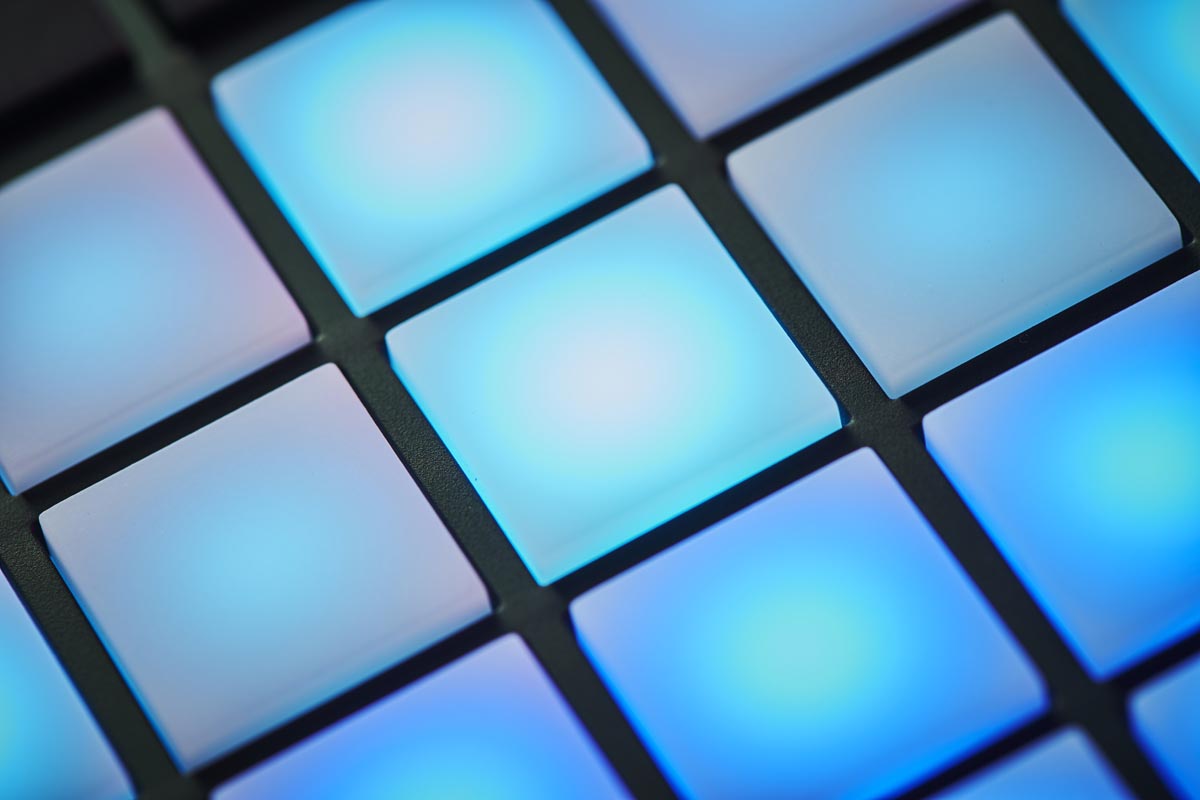
Now Novation has released Circuit Tracks, which despite the new name – which is intended to differentiate it from the underrated Circuit Mono Station and forthcoming Circuit Rhythm – is a straight sequel to that original groovebox.
While the launch price is higher this time around, there’s even more functionality and, if anything, Tracks now looks like an even better value proposition than its predecessor.
Want all the hottest music and gear news, reviews, deals, features and more, direct to your inbox? Sign up here.
For the most part, the functionality of the original Circuit is carried over here with few changes, meaning the synths and sampling capabilities are broadly similar to those on the original. The most significant additions are to the hardware itself.
Where the original Circuit used a combination of AA batteries and an optional external PSU for power, Tracks now features a built-in rechargeable battery and draws power using its USB input (a USB-C plug adapter comes supplied). Battery life is around four hours, which isn’t massive, but USB power certainly means more options for powering the unit on the go.
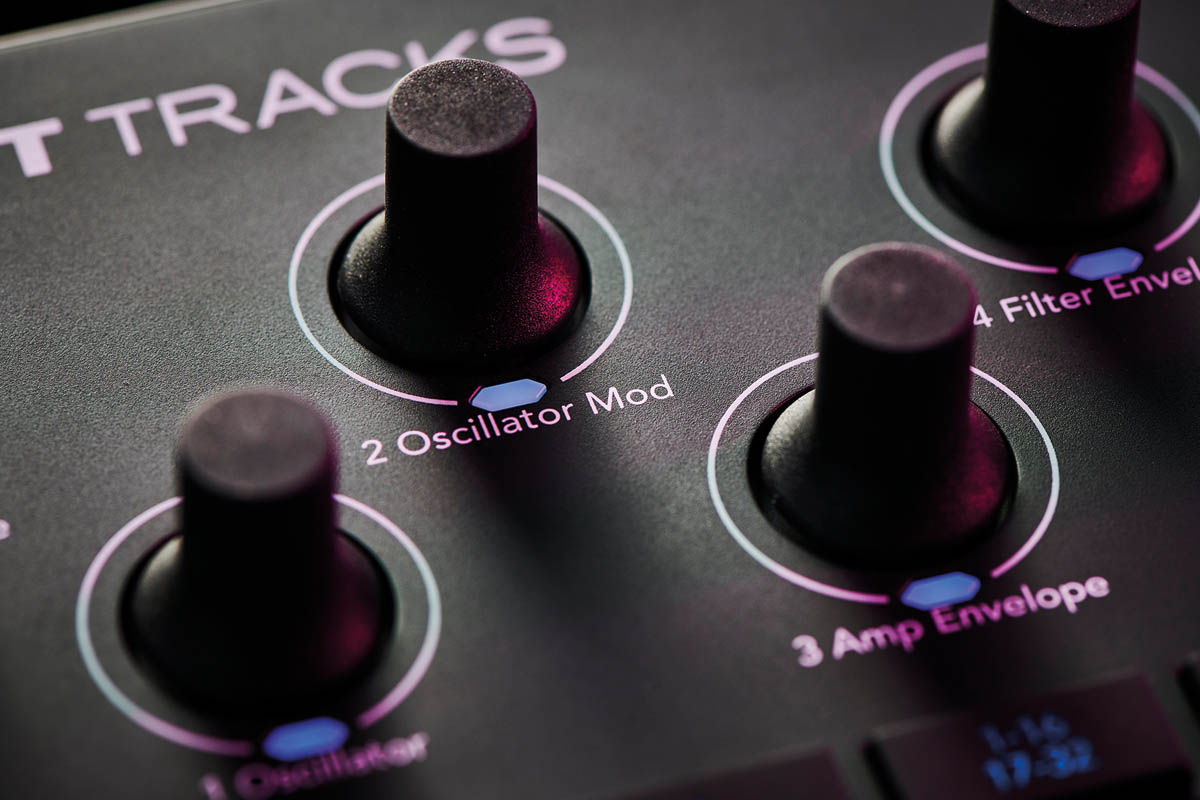
The change in battery setup also means the Tracks is significantly thinner and more lightweight, something aided by the removal of another feature of the original – the onboard speaker.
This is the only element of the original Circuit that’s been outright removed, and honestly, it’s not missed – the audio quality was decent, but not great, and there are very few situations where headphones or connection to a proper set of speakers aren’t far better options.
Despite the trimmed-down size, Circuit Tracks makes room for some extra I/O. The mini-jack MIDI ports of the original, which required the use of an adapter, are replaced here with full-sized ports with an additional Thru output alongside the existing In and Out. It gains a single analogue pulse sync port too.
Tracks also adds a pair of audio input jacks, allowing external signals to be mixed internally and processed through the effects. To make the most of this added I/O, Tracks adds a pair of standalone MIDI sequencers. This is the most significant workflow addition and a really smart choice on Novation’s part. Like the original, the highlight of Circuit Tracks is the slick, approachable and surprisingly versatile sequencing workflow.
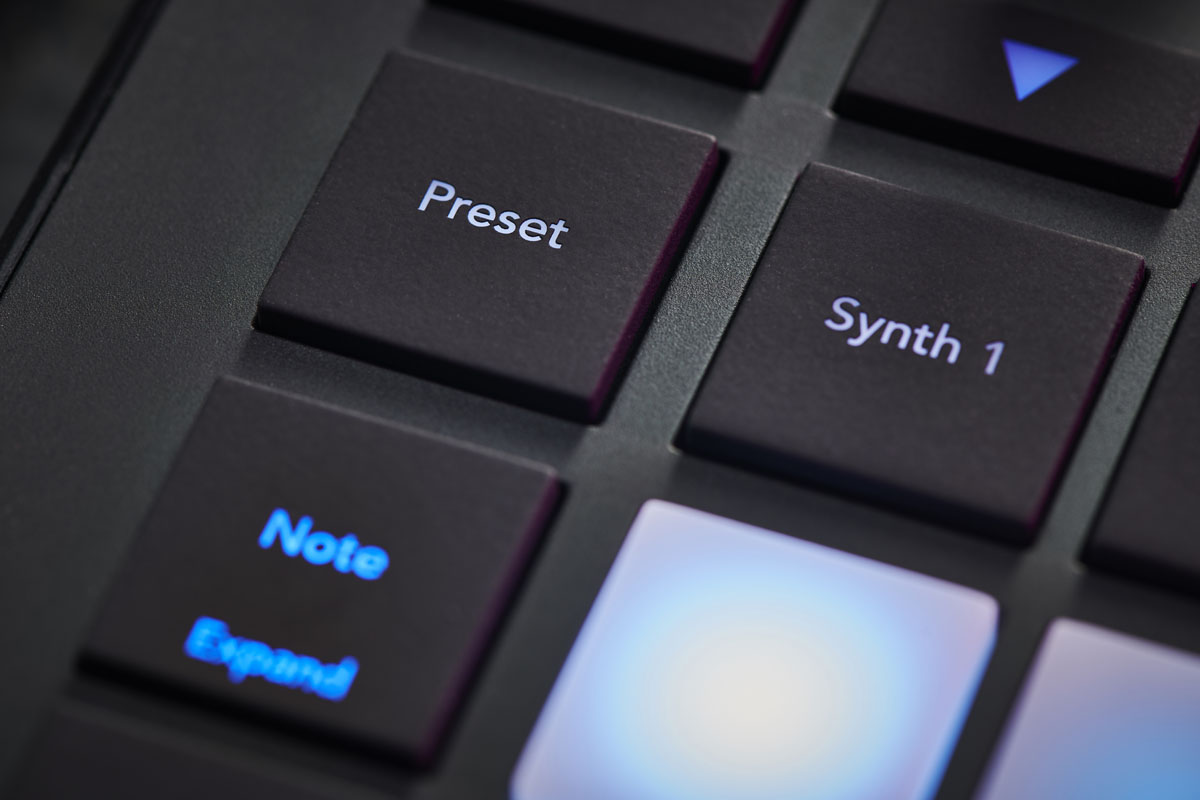
This setup made the original a dark horse for sequencing external MIDI synths, particularly for live performance, bolstered by the flexible pattern saving/chaining.
Doing so involved repurposing one of the synth tracks though, so being able to do this while still having separate control over the internal synths is a great touch. In fact, those two synth tracks – and the drum tracks – all output MIDI too, so you could happily drive multiple polyphonic instruments from Circuit Tracks in a live setup.
The sequencing workflow for these two MIDI tracks is identical to that of the synth tracks and remains similar to that of the original Circuit aside from a few enhancements.
Again, the pad grid can be used in several ways to play or input patterns. It can function as a multi-octave playing grid based around defined scales, act as a polyphonic step sequencer, or be used in both ways simultaneously. As well as existing tools for programming gate, polyphonic velocity, sub-steps and length or direction of patterns, Tracks adds a dedicated step probability editor.
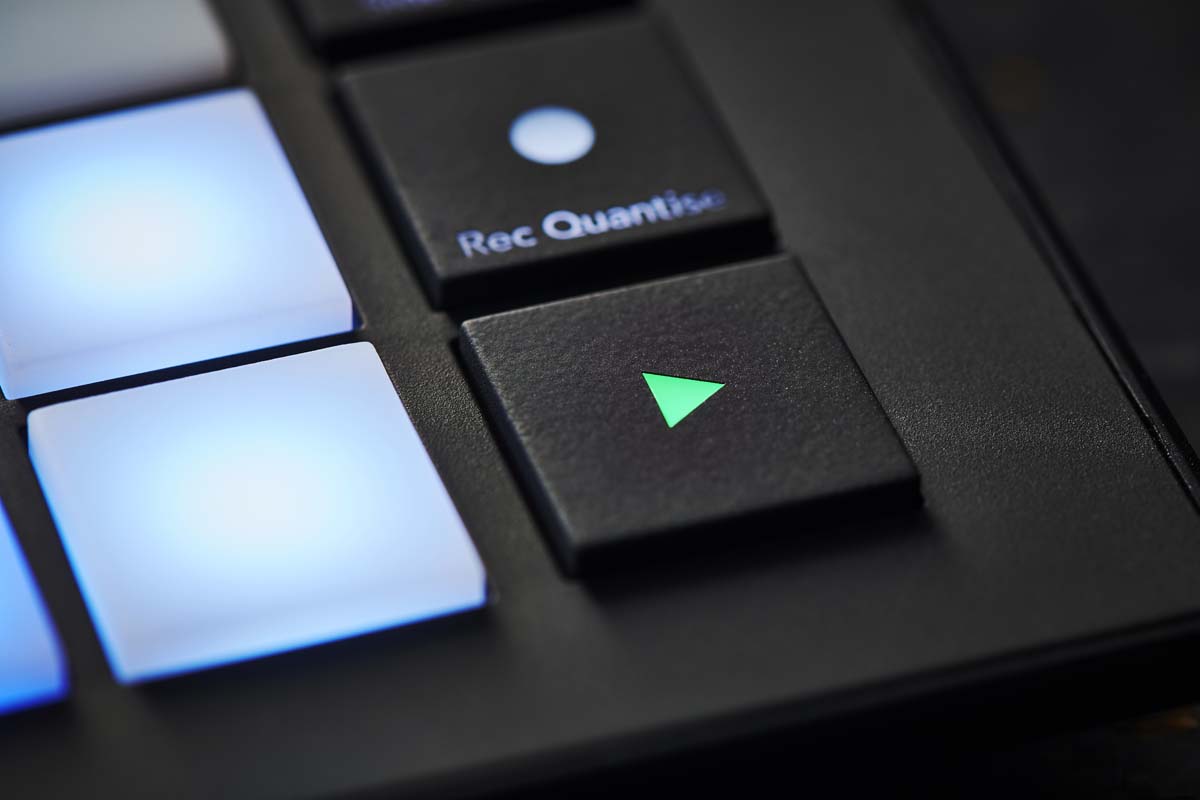
The simple pattern chaining system from the original Circuit is carried across here, allowing users to connect up to eight 32-step patterns. Tracks can record Macro movements into patterns too, and those eight controls can send configurable CC messages, allowing for automation of external gear via the MIDI tracks.
Pack 'em in
Tracks adds a MicroSD card to the hardware, making the process of importing and storing samples more flexible, although some prep is still required.
Rather than simply adding loose samples to the card and then importing them into the hardware – something that would be tricky, given Tracks’ lack of a screen – the card is used to hold and import complete Packs.
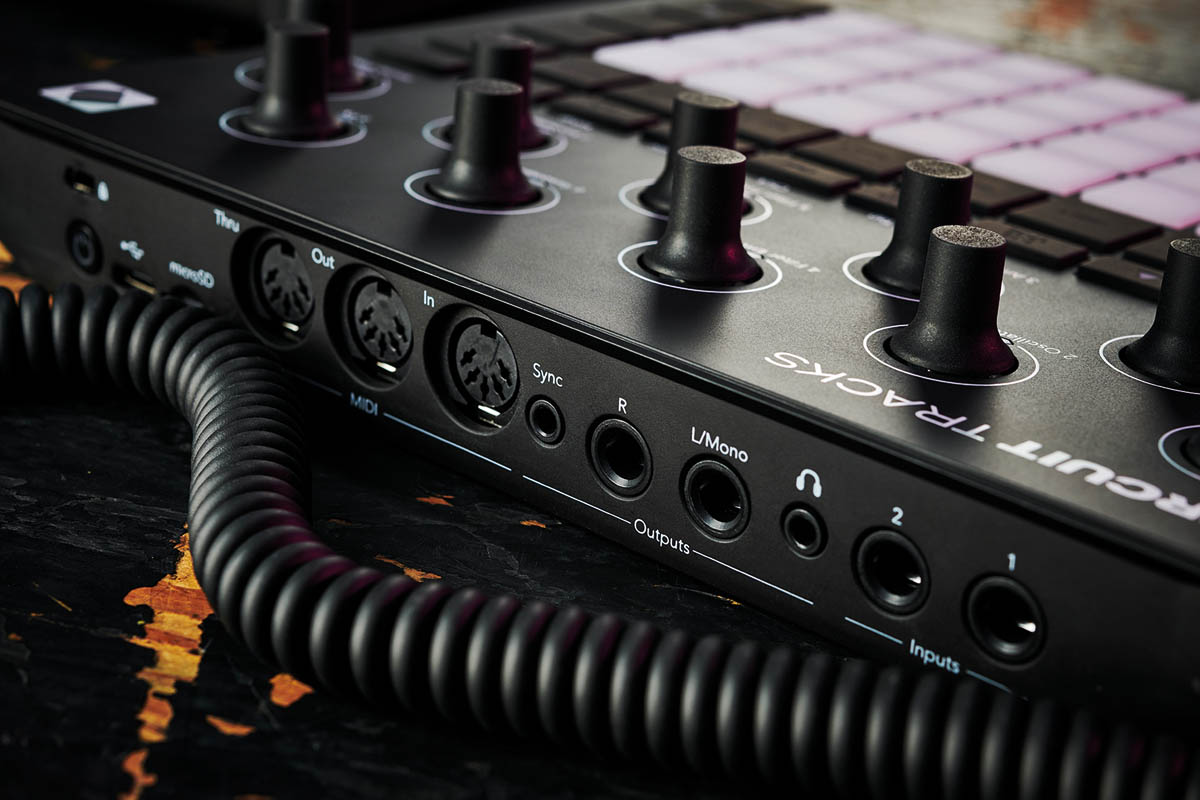
A Pack is essentially a full memory state for Tracks, containing samples but also synth presets, sequences and projects. These are compiled and added to the SD card using the Components tool.
The hardware itself holds one pack at a time, but the use of a card adds the option to store up to 31 additional full packs, significantly expanding the memory and making it easy to switch up the sound palette without plugging into a computer.
Performance and verdict
As before, each synth is a four-voice digital poly derived from the design of Novation’s Nova instruments. Each has two oscs that can be assigned either virtual analogue waves or an assortment of wavetables with options for oscillator sync and ring mod.
The surface-level depth of the synths keeps Circuit Tracks feeling accessible and hands-on, particularly given its lack of a screen.
Each synth is equipped with a resonant multi-mode filter with a drive control, three routable ADSR envelopes and two LFOs, plus chorus/phaser, EQ and distortion effects. Not that you’d be able to derive any of this from the hardware itself.
As with its predecessor, the synth elements of Tracks are essentially preset players, albeit with eight macro rotaries that can be used to adjust and automate various sound elements. While this might sound limiting for experienced synthesists, the surface-level depth of the synths keeps Circuit Tracks feeling accessible and hands-on, particularly given its lack of a screen.
Novation clearly doesn’t want to intimidate newcomers but if/when users want to go a little deeper, the Components editor offers a slick interface, giving access to every element of each synth from within your web browser.
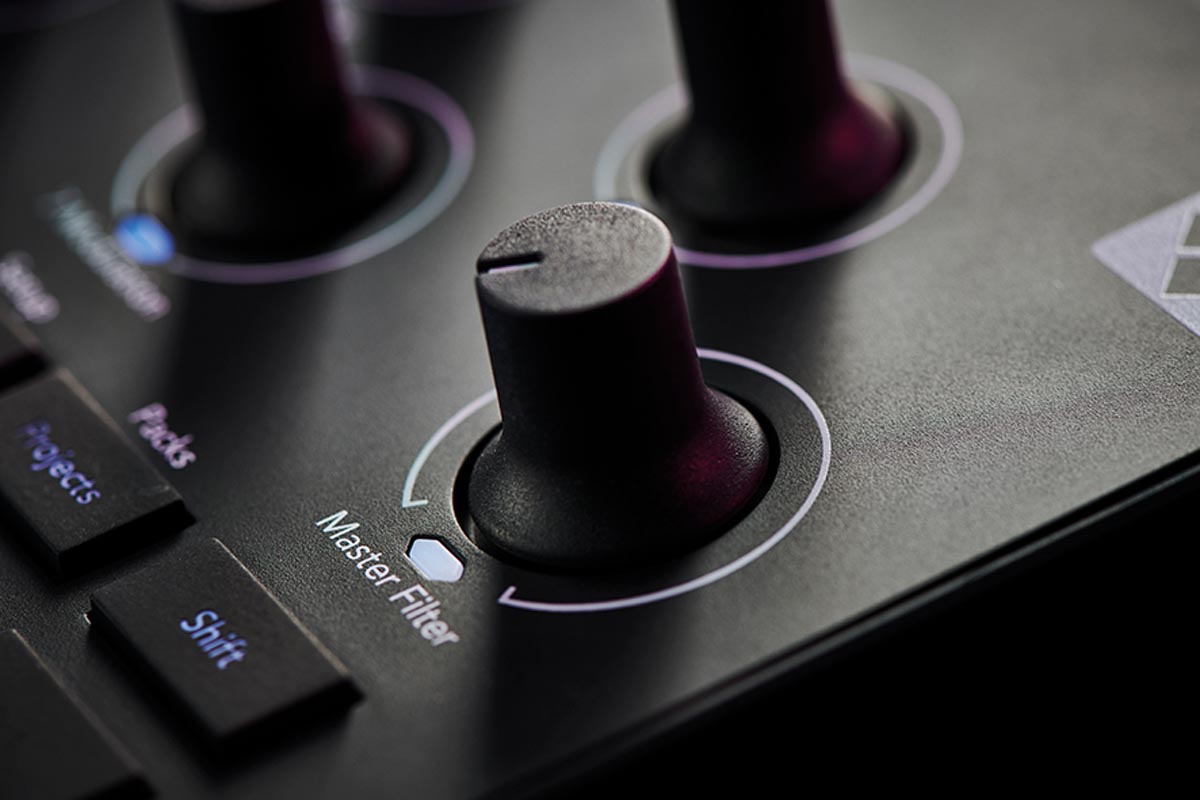
There is one concession made to sound design depth this time around: where the original Circuit’s Macros were simply labelled numerically, Tracks’ knobs come with annotations indicating what element each is (usually) assigned to, such as oscillator mod, filter envelope, filter cutoff, effects, etc.
There’s an expanded range of presets too, doubled from 64 to 128. As before, patches are selected using the central pad grid, and as nice as it is having extra storage for patches, trying to remember where your favourite sounds are stored across four pages of unlabelled pads isn’t exactly easy.
The four drum tracks are used to trigger one-shot samples. As with the synths, sounds are selected using the pad grid with a total of 64 pre-loaded sample slots.
This time, however, the selection can be expanded using a new MicroSD card slot. In a particularly nice touch, samples can be assigned to each step, rather than full tracks, meaning it’s possible to trigger considerably more than just four sounds using these drum tracks.
As with the synths, the Macro rotaries are employed to edit sounds, but only the top four are used for sample editing, controlling pitch, decay, distortion and EQ – although these parameters still aren’t labelled on the hardware itself.
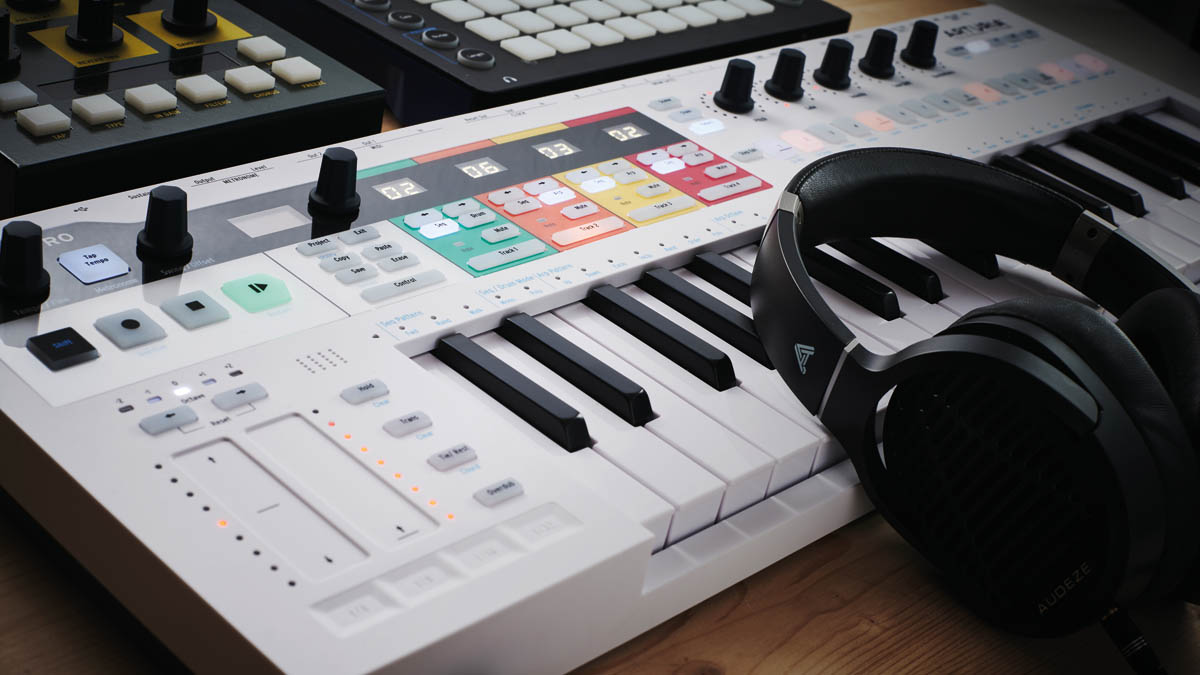
• Arturia KeyStep Pro
For melodic sequencing duties and flexible hardware control, this is one of the best devices on the market.
• Elektron Digitone
A fun and very well thought-out box that can cover a wide sonic palette; takes the pain out of FM and replaces it with joy!
• Modal Electronics Cobalt8
Another brilliantly unique-sounding Modal machine! Very flexible for its price and a powerful editor plus MPE give it futuristic appeal.
Beyond this, as before, Circuit Tracks offers reverb and delay send effects, each with a selection of presets ranging from subtle to extreme. The bi-directional, DJ-style master filter returns here.
There’s a slightly revamped sidechain tool too, which can apply ducking to synths and external inputs driven by drum tracks. There’s now also a master compressor added, though this is a simple on/off affair and, oddly, control for it is hidden in the setup menu alongside options like MIDI track assignment and pad brightness.
Circuit Breaker?
The original Circuit wasn’t the cheapest synth on the market, at more than double the price of a Korg Volca, for example, but for the combination of elements, it was excellent value, particularly for hardware beginners.
By adding another £100 to the price point Novation risks losing some of that appeal, although the new features, particularly the external sequencing capabilities, make Tracks a better value package than its predecessor.
We can’t think of any hardware options – either a single instrument or a combination of several – that would offer the same range of polyphonic external sequencing, multi-timbral synthesis and sample sequencing for under £400.
Yes, there are products that will do each of these individual things for cheaper, and in some cases better, but as a rounded and versatile package this is unrivalled.

We particularly like that, although you could effectively describe it as entry-level, there’s deceptive depth here. Someone with minimal synthesis or music theory knowledge could learn how to throw a groove together fairly easily.
Deeper features, like the synth editor, probability sequencing and sub-steps, are easy enough to ignore until you’re ready. Having them there though means that improving music makers have plenty of options to grow – whether exploring sound design with the polysynths, creating unusual rhythms or incorporating external hardware.
For all this talk of approachability though, Circuit Tracks has plenty to offer music makers at all levels. Whether as a convenient and portable tool to sequence a live setup, a portable synth and drum sketchpad or an all-round studio workhorse, Circuit Tracks has a lot going for it.
MusicRadar verdict: Circuit Tracks is an excellent update to one of the best value hardware instruments on the market. Very much a home run for Novation
The web says
“For newcomers to the Circuit world, the Circuit Tracks represents an even more capable and efficient groovebox than the original. Put simply, it’s one of the quickest and easiest ways to get started making electronic music.“
MusicTech
“The simplicity of the Circuit’s sequencing features made it popular as the nerve center of small and affordable synth rigs. But the addition of two sequencer tracks dedicated exclusively to controlling external gear makes it even more viable as the brains of your music making setup.“
EndGadget
Hands-on demos
loopop
Andertons
Red Means Recording
Sweetwater
Novation
Specifications
- KEY FEATURES: Hardware groovebox featuring two digital polysynths, a four-track sampled drum machine, two standalone MIDI sequencers
- CONTACT: Novation Music
I'm the Managing Editor of Music Technology at MusicRadar and former Editor-in-Chief of Future Music, Computer Music and Electronic Musician. I've been messing around with music tech in various forms for over two decades. I've also spent the last 10 years forgetting how to play guitar. Find me in the chillout room at raves complaining that it's past my bedtime.